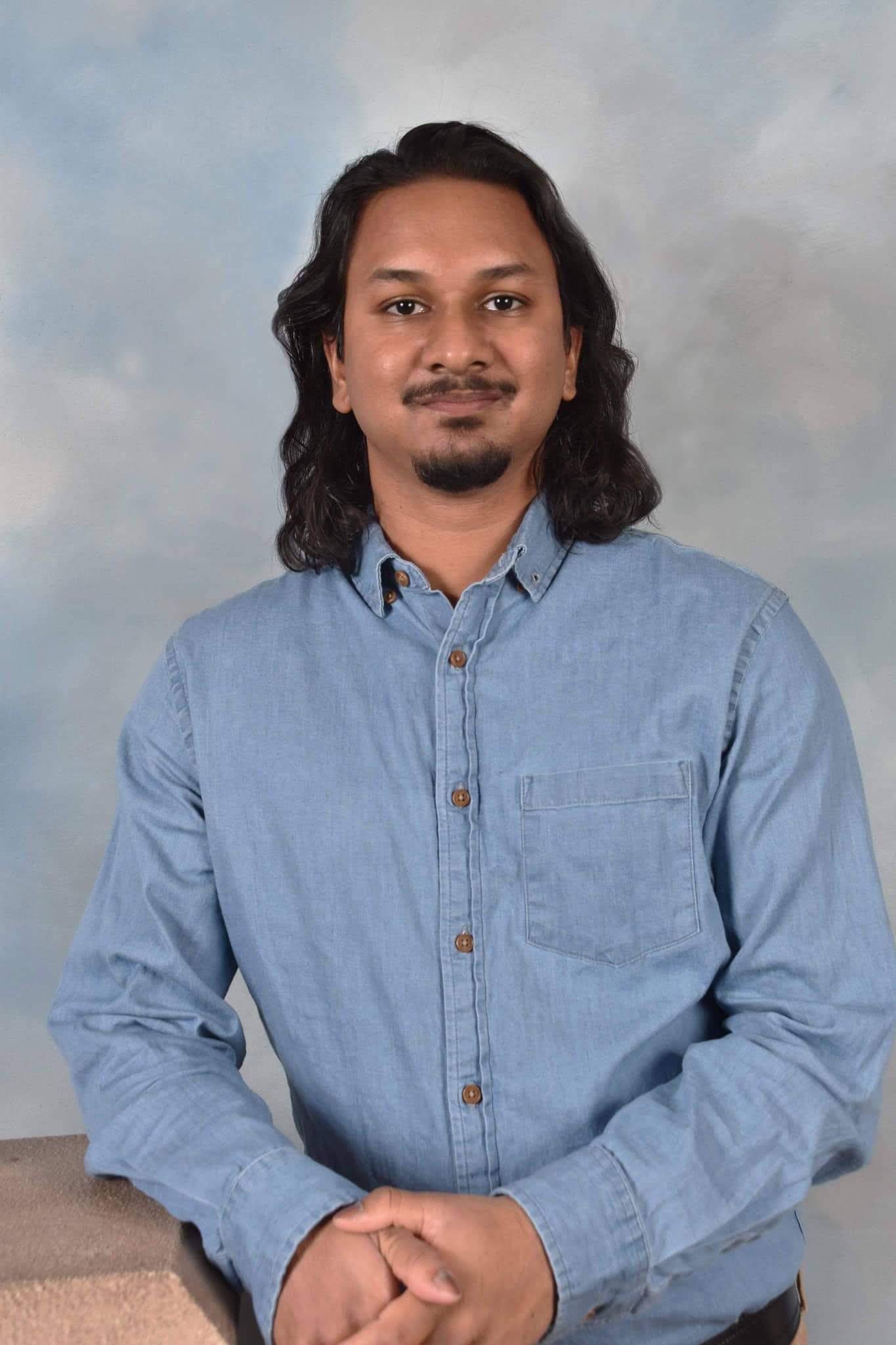Student Spotlight
Eric Persaud

Hometown: South Richmond Hill, Queens, New York
Degree Program: DrPH, Environmental and Occupational Health Sciences concentration
Class Year: 2021
Undergraduate Major: Earth and Atmospheric Sciences, City College of New York
Graduate Degree(s) Received: Masters’ of Environmental Assessment, North Carolina State University
Professional Interests: Preparing workers for emergencies and disasters, and hazardous workplaces
Click here for Eric Persaud’s LinkedIn profile
1. What drew you to the DrPH program at SUNY Downstate Health Sciences University? Why did you choose to study public health?
Before joining Downstate, I was a geologist and laborer for an environmental construction company that included hazardous waste and emergency response work. I had noticed workers in many different companies and agencies performing chemical tank cleanings in a dangerous manner. I decided to make my masters’ thesis on the risk perceptions of chemical tank cleaners and used those findings to improve training. It was uplifting to see workers empowered and advocating for safer working conditions who may have gone unnoticed in this unstudied field. That experience ultimately inspired me to pursue a degree in Public Health.
2. What is your favorite aspect of the program and what have you gained from it?
The Downstate community is built upon the experiences of faculty who perform at an advanced professional level. When you are part of Downstate, you will eventually be paired with an academic advisor who most aligns with your interests in Public Health. My advisor has been Dr. Paul Landsbergis, who is an expert in occupational health sciences. Professor Landsbergis’s guidance, mastery, and passion for the field has helped me greatly in building confidence to address challenges facing worker health.
3. Can you recall a memorable in-class or general SUNY Downstate experience that struck you as particularly meaningful?
I remember preparing to show up for my first class of the doctoral program. To say I was nervous or bottling a bit of imposter syndrome would be to say the least. The class sat down at one table, about ten of us, and at the head of the table was Drs. Judith & John LaRosa. The class was participatory, with everyone engaging together to discuss how we can effectively tackle different case studies. By the end of the class, I realized that this program was going to be different from what is typically expected, with students drawing on each other and learning how to become leaders within our craft. I also left the class no longer feeling nervous, nor an imposter.
4. Could you describe your dissertation research?
As part of my field experience here at Downstate, I worked with the National Institute of Environmental Health Sciences (NIEHS) Worker Training Program (WTP) to evaluate their opioids and the workplace prevention and response training program that was piloted in the summer of 2019. As my dissertation, I have continued evaluating that program under the advisement of my committee. The evaluation includes a 6-month follow-up of those summer 2019 trainees for individual and organizational level actions taken, and an immediate outcome evaluation of trainees in an instructor and leadership training program.
5. Could you describe your other activities and involvement at SUNY Downstate?
When I first arrived at Downstate, I realized they are numerous opportunities to participate in research and community engagement. I became involved with Downstate’s Disaster Medicine department and worked with them to prepare children and family members with, or affected, by HIV illness for emergencies. The practical experience of educational intervention and statistical analysis has contributed to my development here at Downstate.
6. What are your goals? Do you have plans to further your education or do you have a career in mind upon graduation?
Presently, I am working with the NIEHS Worker Training Program as the COVID-19 Training Program Evaluator. The most extreme edges of Public Health in the environment are sharpest to workers, especially those facing crisis. We are unprepared, and for me there is no greater need to work on, no greater sense of urgency.
7. Do you have any advice for someone who might be interested in Downstate’s DrPH program?
The more you put in is the more you will get out of this program. If there is something that keeps you up at night, this program can help you go out there and fight it. If you want to provide leadership to serve your community and those who are in need, then Downstate’s DrPH program and faculty can help you fight that good fight.
8. Is there anything else you would like to highlight about yourself, your education, community involvement, career goals, etc.?
The other part of my field experience at Downstate was working as a research associate at the Christian Regenhard Center for Emergency Response Studies. While there, the centers’ director and I published a research article examining emergency responders’ perceptions of risk associated with fentanyl exposure. The work, to our knowledge, was the first of its kind and filled an important gap in the literature. Since then, the work has been cited in further research being used to deliver worker training nationwide. This could not have been possible without Downstate providing a platform for me to spotlight worker health and safety.